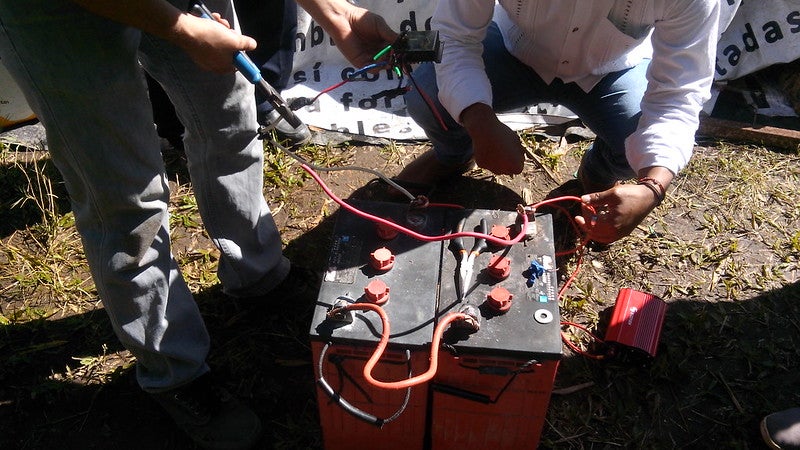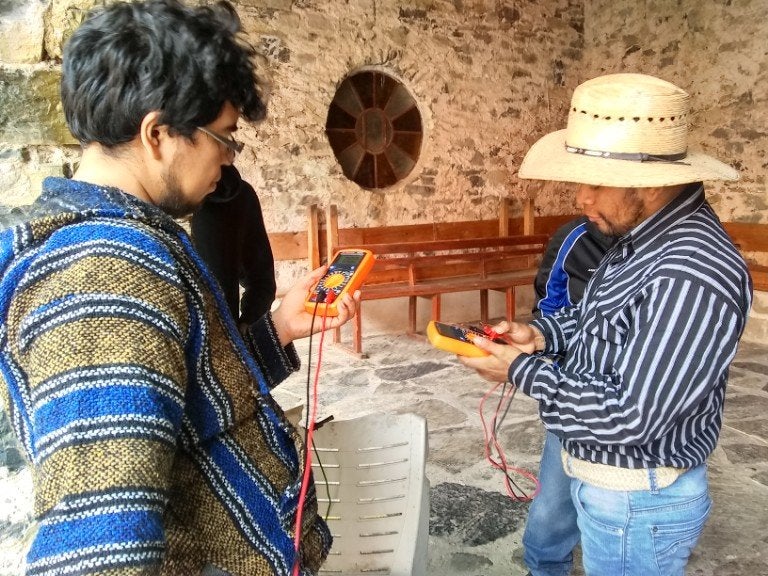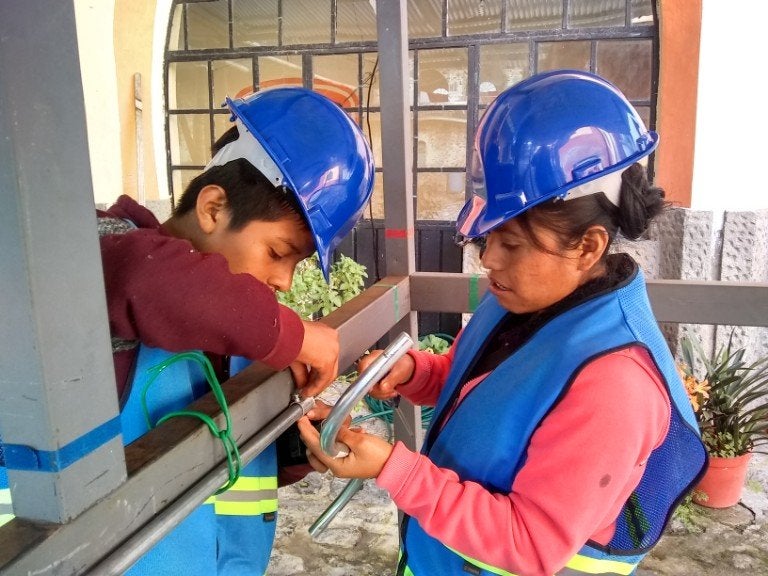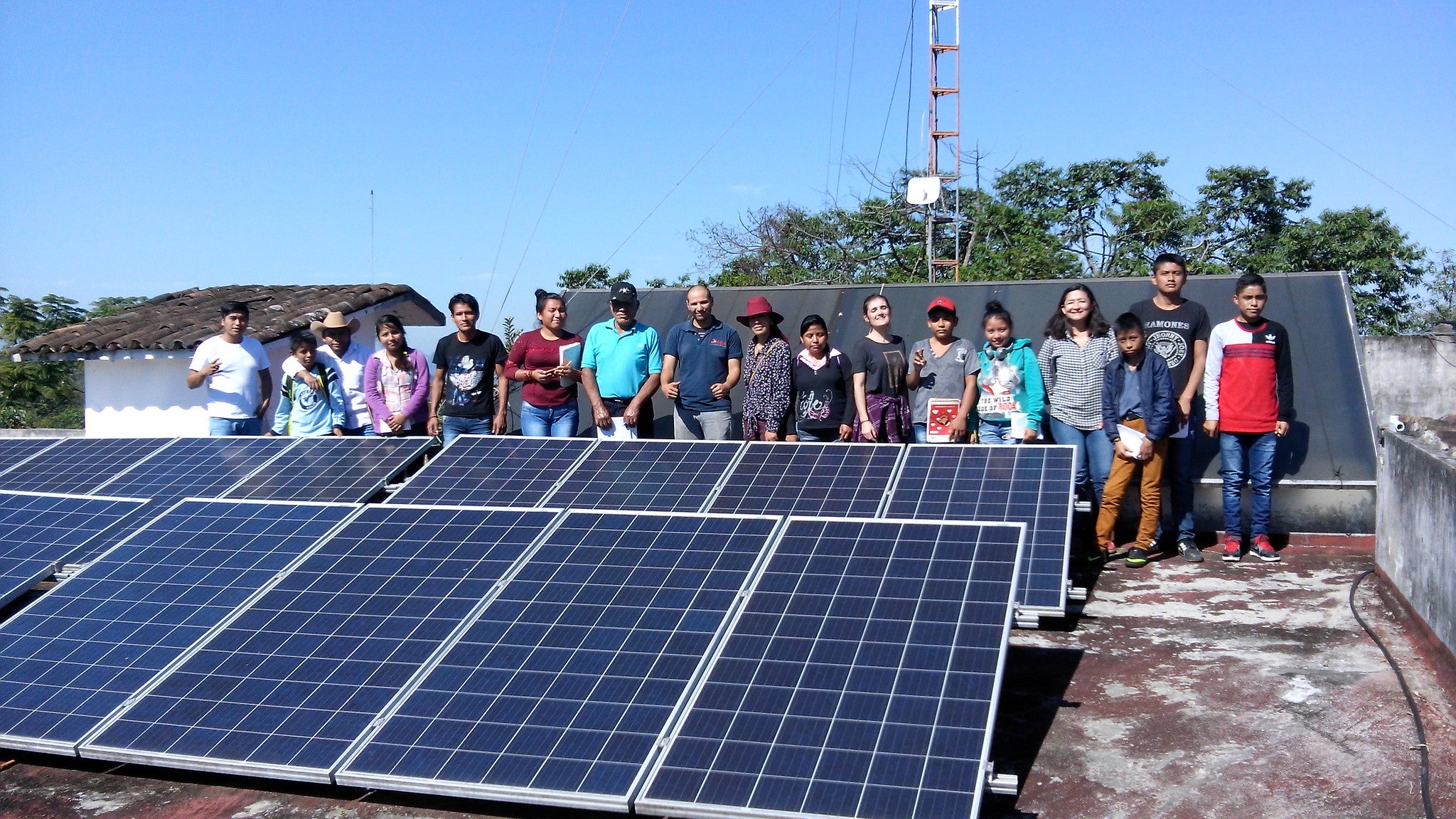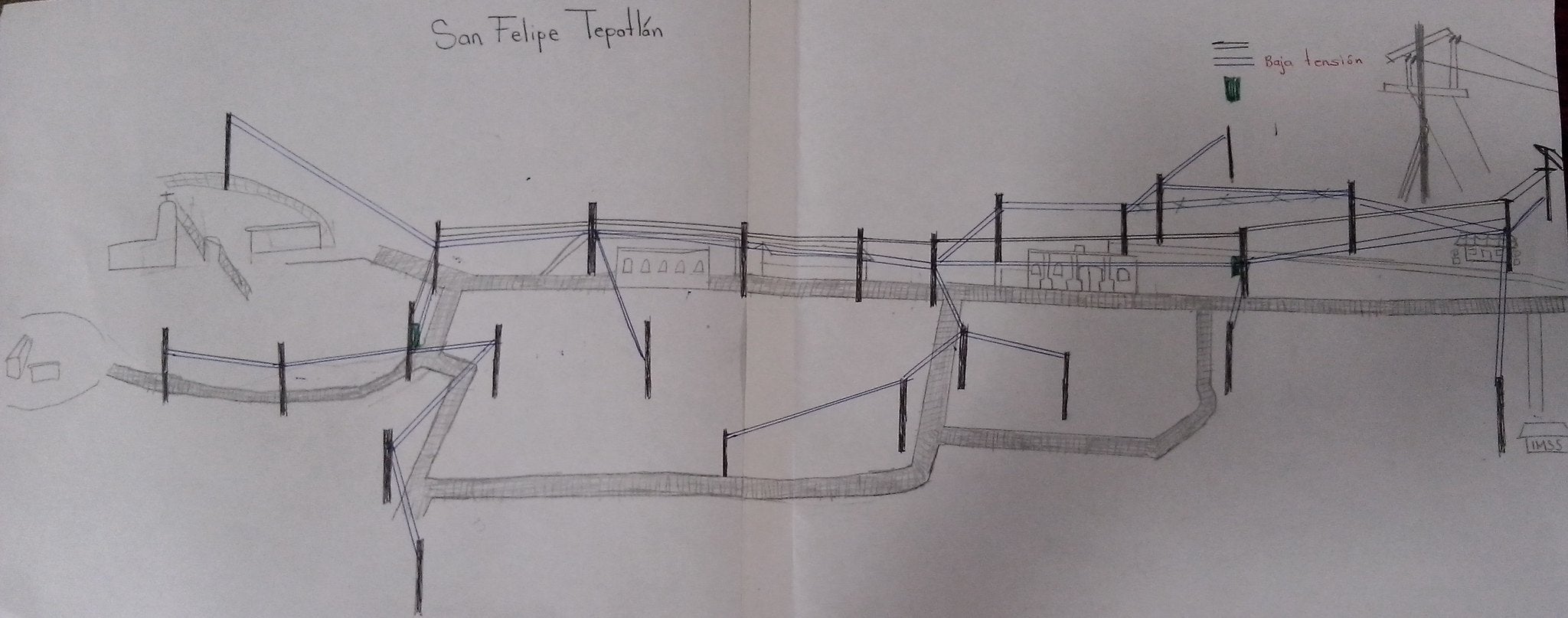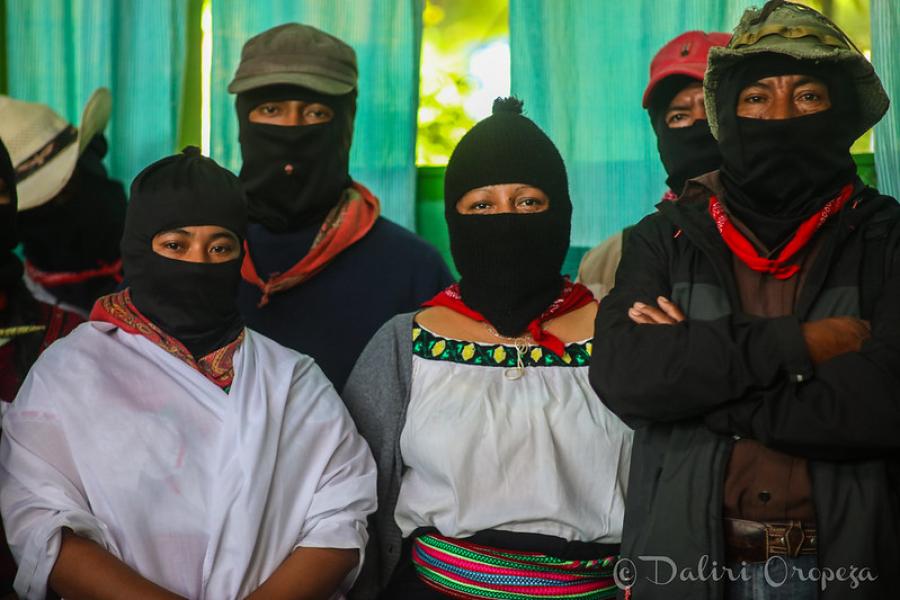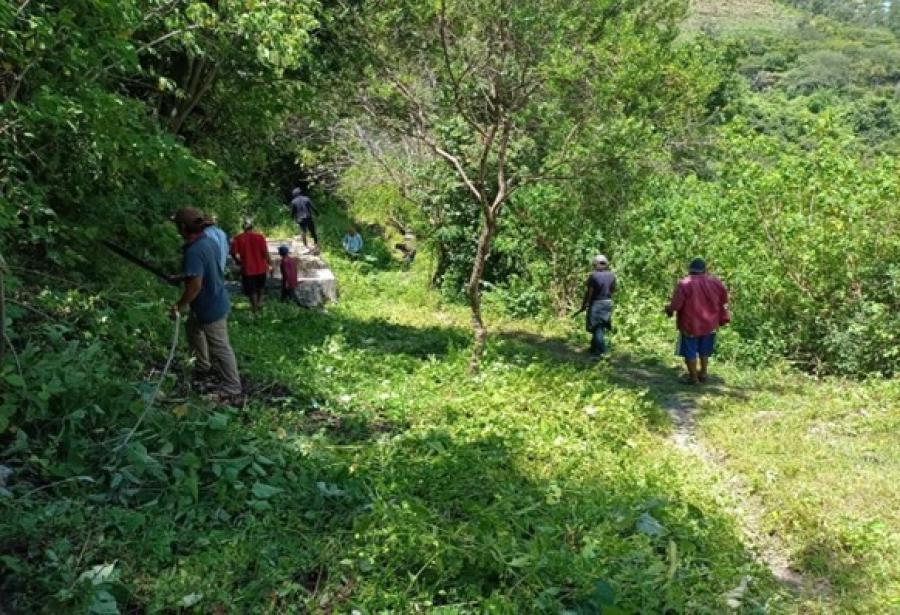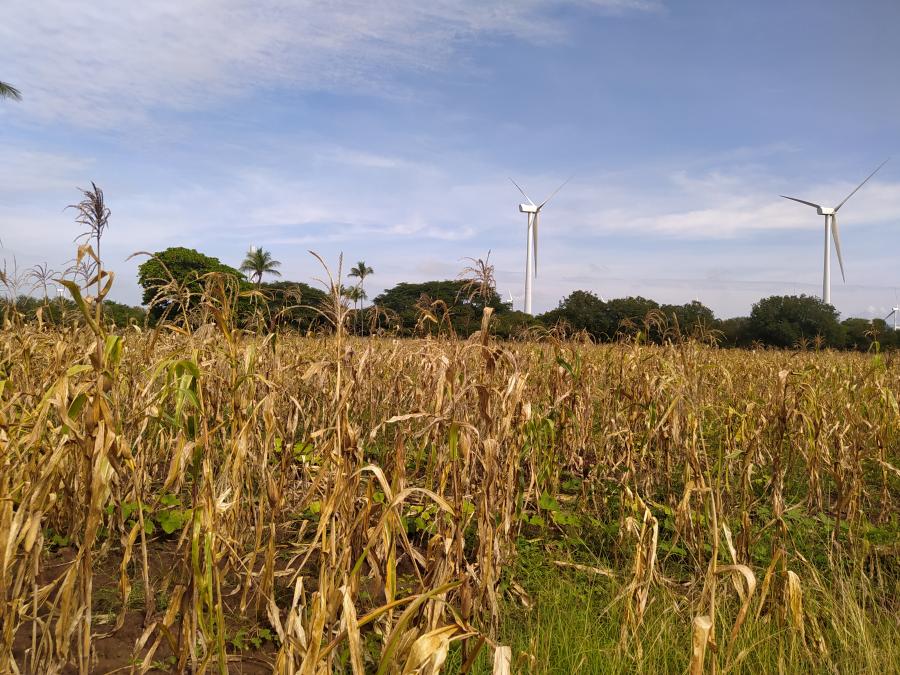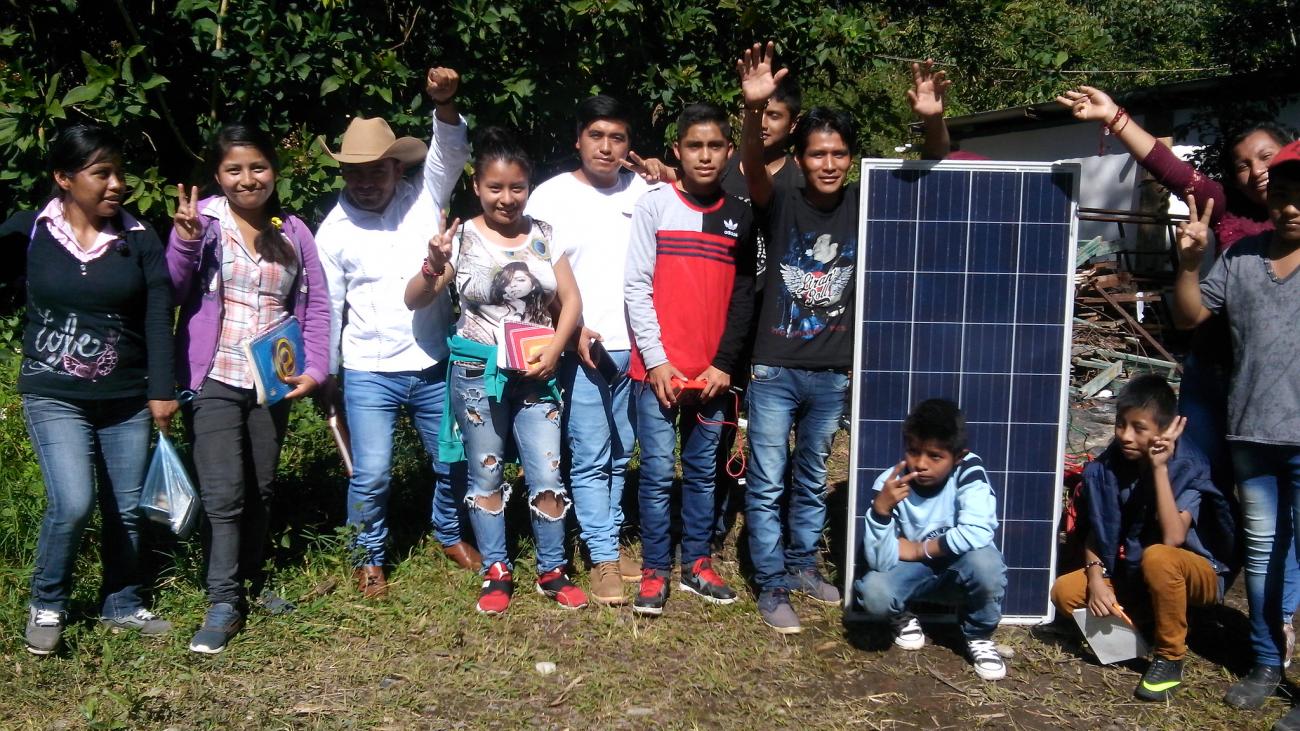
Keepers of the Earth Fund Grant Partner Spotlight : Makxtum Kgalhaw Chuchutsipi (Mexico)
Makxtum Kgalhaw Chuchutsipi is a Tutunakú organization made up of ten communities who live along the Ajajalpan River in the North of the state of Puebla, Mexico. Makxtum was created in 2013 when Grupo Mexico -- a Mexican conglomerate, leading mining operator in Mexico, and the third largest copper producer in the world -- tried to claim lands in several local Indigenous communities. The local environment is threatened by large-scale development, including a hydroelectric dam project by Comexhidro, which will supply energy to Walmart.
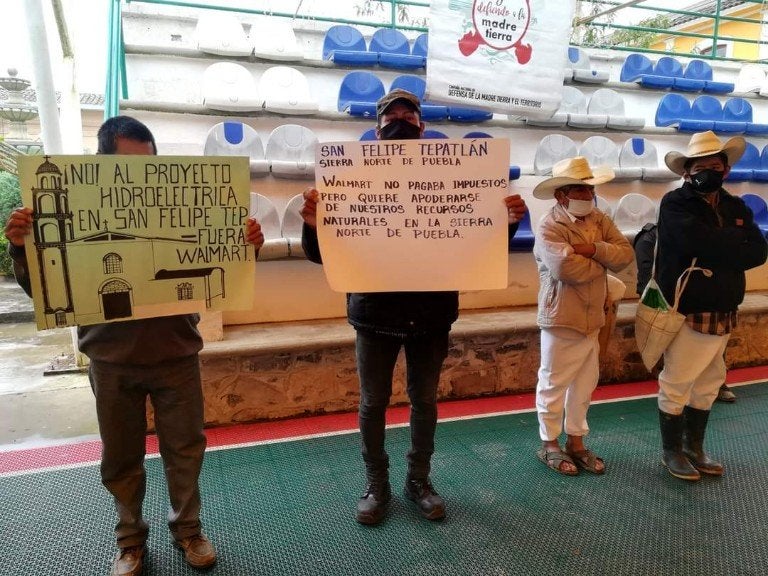
A Keepers of the Earth Fund grant was awarded to Makxtum in 2019 to strengthen the voices and leadership of Tutunakú youth to defend their lands and water resources from unwanted mega-development projects. Tutunakú youth understand that energy is important for the communities, and that it can be possible alternatively. Recognizing the youth’s interest in renewable energy, Makxtum trained the youth in alternative energy production, including solar panels as part of their strategy to achieve energy sovereignty. Their work also includes several activities, such as creating videos about Tutunakú spirituality and their Peoples’ relationship with water.
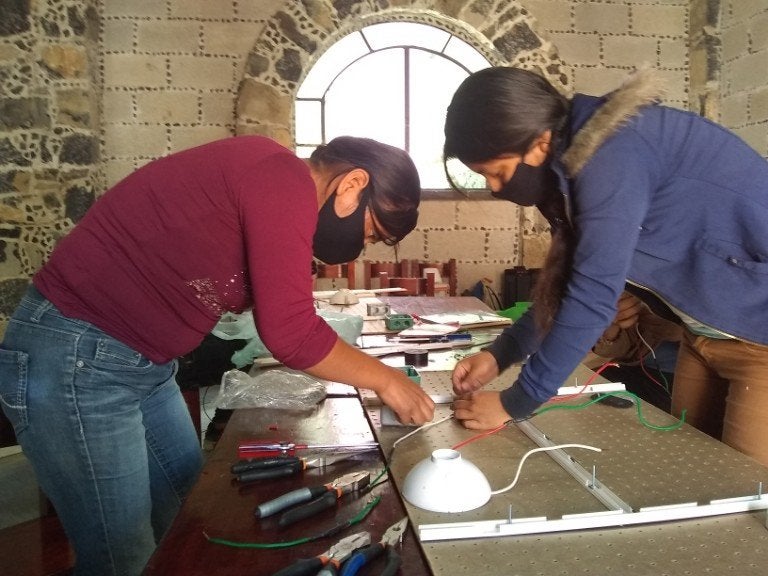
Development companies and extractive industries see youth as a strategic group to engage as many of these companies are targeting them to convince them to approve development projects in their communities, often by offering job opportunities. Makxtum carried out this project because they believe “it is necessary to work more with young people so that they learn how energy can be generated without harming Mother Earth and so, that they learn the negative impacts generated by megaprojects.”
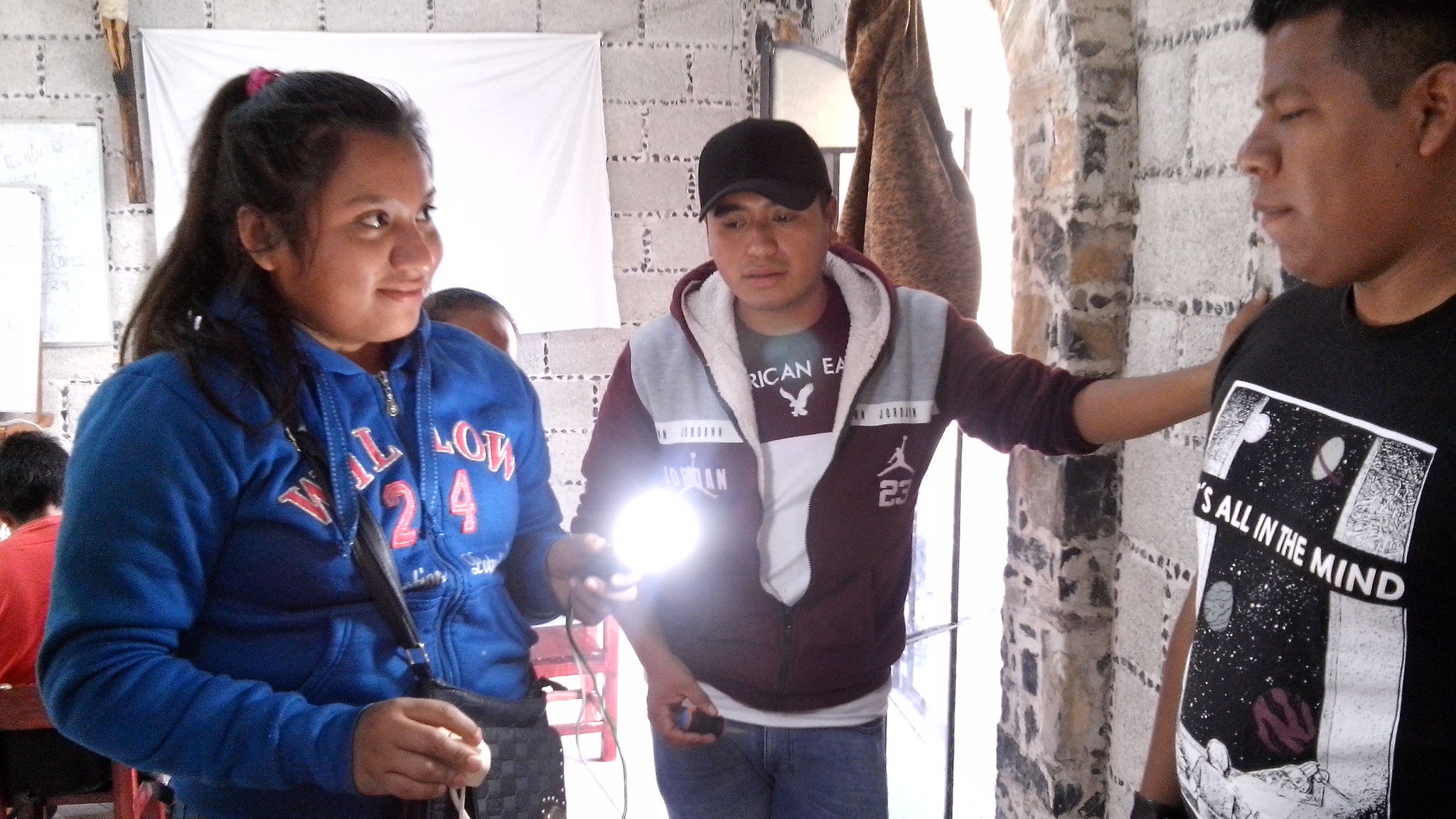
Instituto Mexicano para el Desarrollo Comunitario (IMDEC) and Onergia are two organizations supporting the youth in this project. Twenty-seven youth participated in the trainings, but due to the COVID-19 pandemic they have needed to pause activities several times. The youth learning process included visits to other projects to learn about their experiences first-hand. Almost half of the participants are women as Makxtum had the firm intention to promote Indigenous women’s leadership in their trainings, and made adaptations to make the workshops more accessible to them.
“I was always interested in knowing how the energy worked and how it reached our homes. This course helped me a lot because I learned things that I did not know and saw how important energy is to our life. Renewable energy generated by solar panels helps protect Mother Earth from further damage. We still have more to learn. I am grateful for having this opportunity to participate,” said youth participant Griselda Luna from the Alticato community.
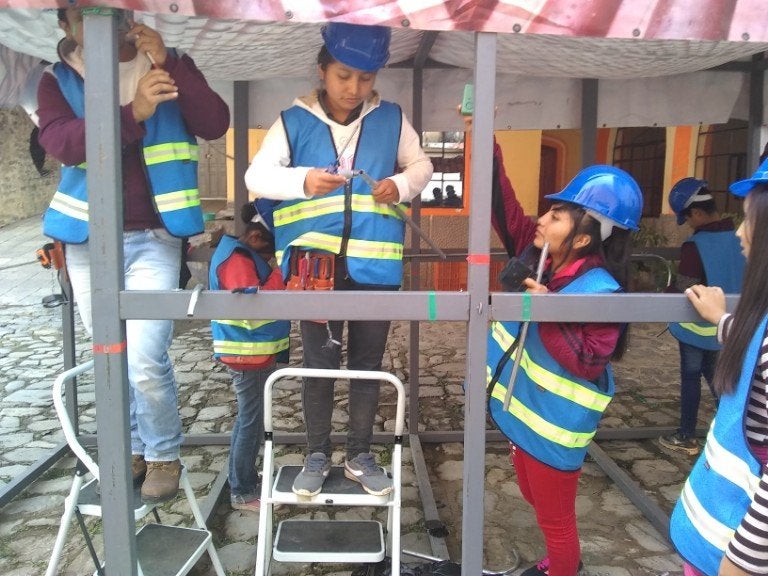
"The idea is to continue learning and to be able to advance the training with other young people in other towns, so that the learning does not remain only in us. We need to show others that we can generate energy without drying up rivers, without the painful need to pipe water and kill aquatic animals," José Galindo from San Felipe Tepatlán, shared about his experience.
Keepers of the Earth Fund (KOEF) is an Indigenous-led fund within Cultural Survival, which is designed to support Indigenous Peoples’ community development and advocacy projects. Since 2017, the Keepers of the Earth Fund, through small grants and technical assistance, has supported 119 projects in 31 countries totaling over $488,475 USD. KOEF provides on average, $5,000 small grants to grassroots Indigenous-led communities, organizations, and traditional governments to support their self-determined development projects based on their Indigenous values. Predicated on the United Nations Declaration on the Rights of Indigenous Peoples (UNDRIP), Cultural Survival uses a rights’ based approach in our grantmaking strategies to support grassroots Indigenous solutions through the equitable distribution of resources to Indigenous communities.
